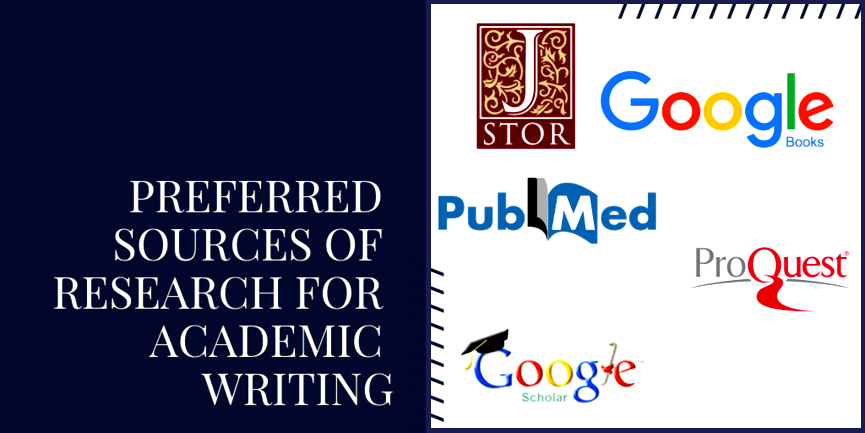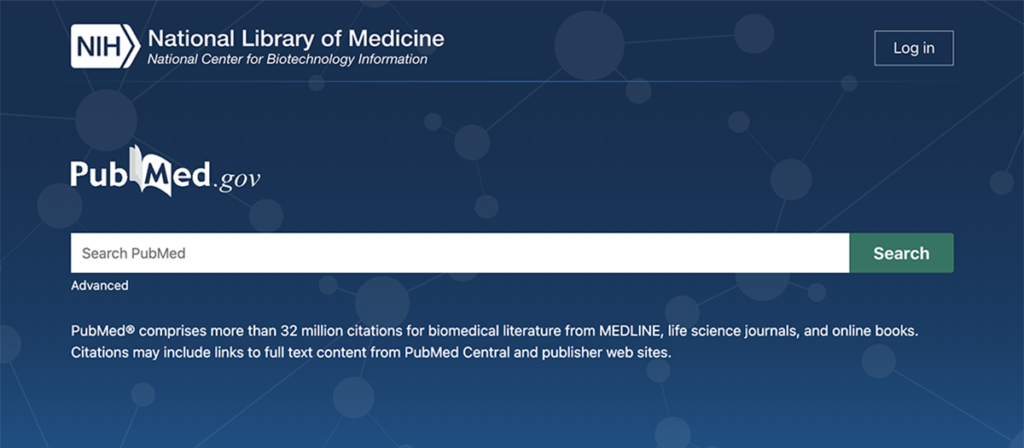Throughout your research journey, conducting high-quality studies is just one piece of the puzzle. To truly elevate your work and distinguish it from the vast sea of research publications, establishing credibility is paramount. One powerful way to achieve this is by incorporating credible scholarly sources into your research articles.
Understanding Scholarly Sources
At their core, scholarly sources are articles or publications authored by subject-matter experts. These individuals ensure the information presented is current, accurate, and reflects the highest quality standards. The content typically stems from their years of research, including findings, theories, analyses, and insightful perspectives. Scholarly sources can encompass journal articles, books, conference proceedings, and even credible websites.
Distinguishing Scholarly from Popular Sources
In contrast to scholarly sources, popular sources may not necessarily be written by experts in the field. Examples include newspapers, magazines, book reviews, and editorials. These sources are geared towards a general audience and written in a more accessible, non-technical style. While they may be easier to understand, they don’t always guarantee reliable information.
A key differentiator is the rigorous peer-review process that scholarly sources undergo before publication. This process verifies factual accuracy and identifies potential conflicts of interest, making them a much more trustworthy resource.
Identifying Scholarly Sources
Several characteristics can guide you in recognizing scholarly sources:
- Accuracy: Factual and grammatically correct information is a hallmark of scholarly sources. Additionally, they often come with a bibliography or reference list, allowing you to verify and acknowledge the sources used.
- Author Expertise: Scholarly sources will provide the names of all authors, along with their qualifications and institutional affiliations, lending credibility to the work.
- Objectivity: Scholarly sources present facts, not opinions. The information is free from confirmation bias or political agendas, and authors strive to appeal to the reader’s logic rather than emotions.
- Target Audience: Scholarly sources are primarily intended for academics, researchers, faculty, and other experts within a specific field. The language used can be quite technical, as they are not written for the average reader.
- Timeliness: Sources referenced in scholarly publications are typically recent, ideally published within the past three to five years of the scholarly publication itself.
- Publisher: University presses, professional associations, academic institutions, and reputable commercial publishers are common sources for scholarly publications.
- Peer-Review: While not always the case, scholarly sources are generally peer-reviewed by specialists in the field who assess and verify the content.
- Purpose: The core purpose of scholarly sources is to communicate highly academic, research-based ideas.
The Importance of Scholarly Sources
- Credibility: Citing scholarly sources is the most effective way to establish the credibility of your research publication.
- Authority: Scholarly sources contain verified knowledge from experts, lending authority to your research and strengthening your arguments.
- Impartiality: Scholarly sources help prevent confirmation bias. Years of research on a subject ensure they offer unbiased and authentic perspectives, which are crucial for any research endeavor.
Finding Scholarly Sources
Numerous search engines specialize in scholarly sources, including:
- ScienceDirect
- Google Scholar
- Microsoft Academic
- WorldWideScience.org
- ResearchGate
- PubMed Central (PMC)
- JSTOR
- Academic Search Premier
- ProQuest’s OneSearch
These platforms provide access to countless scholarly sources across various disciplines.


